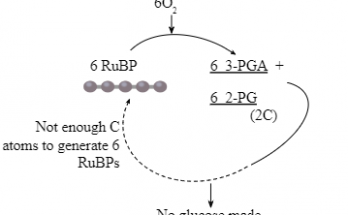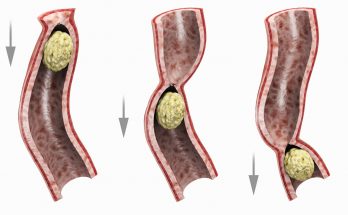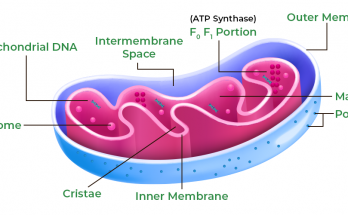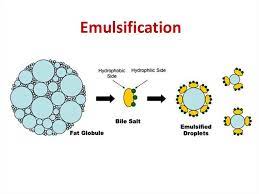Photorespiration occurs in
Photorespiration occurs in C3 plants and involves several organelles. In chloroplasts, RuBP oxygenase reacts with RuBP, leading to the formation of PGA and PGly. Glycolic acid is produced in chloroplasts and then undergoes oxidation in peroxisomes, forming glyoxylic acid. Within mitochondria, glycine combines with CO2 and NH3, releasing CO2 and forming serine.
Photorespiration occurs in Read More




